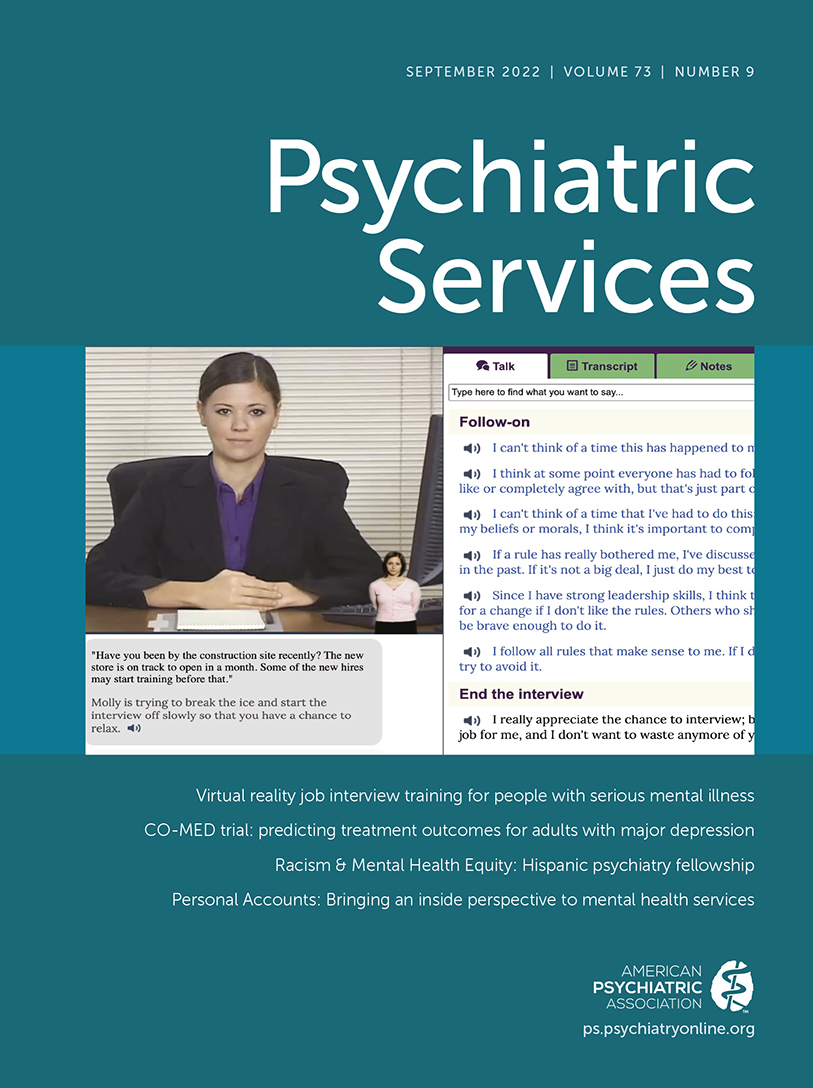Online Psychosis Screening: Characterizing an Underexamined Population to Improve Access and Equity
Abstract
Objective:
Online resources represent an important avenue to identify and support individuals who may be experiencing symptoms of psychosis but have yet to engage in care. Understanding the experiences and needs of this group is critical to inform outreach for early psychosis and improve outcomes by addressing barriers to early treatment.
Methods:
The authors conducted a retrospective, explorative, cross-sectional analysis by using data collected by Mental Health America as part of their online psychosis screening and support program. Data included scores from the Prodromal Questionnaire–Brief, basic demographic information, and respondents' plans for next steps.
Results:
Of 120,937 respondents, most (82.1%) reported distressing psychosis-like experiences at levels sufficient to merit a referral to specialty care for additional evaluation. However, only 17.1% planned to seek treatment as a next step, with most (53.6%) wanting instead more information. Higher distress was only weakly associated with the plan to seek treatment. In the multivariable analysis, respondents who were younger; lesbian, gay, bisexual, transgender, or queer; or Native American or who had lower income reported the greatest symptom-related distress. Younger and higher-income respondents were less likely to plan to seek treatment next. Across race-ethnicity, African Americans were most likely to plan to seek treatment.
Conclusions:
Most respondents reported that psychosis-like experiences caused significant distress, but they did not plan to seek treatment next. Addressing this treatment gap requires careful consideration regarding what services individuals want, how services should be presented, and what barriers may limit help seeking. These steps are critical to improve access to early intervention for individuals with psychosis spectrum disorders.



